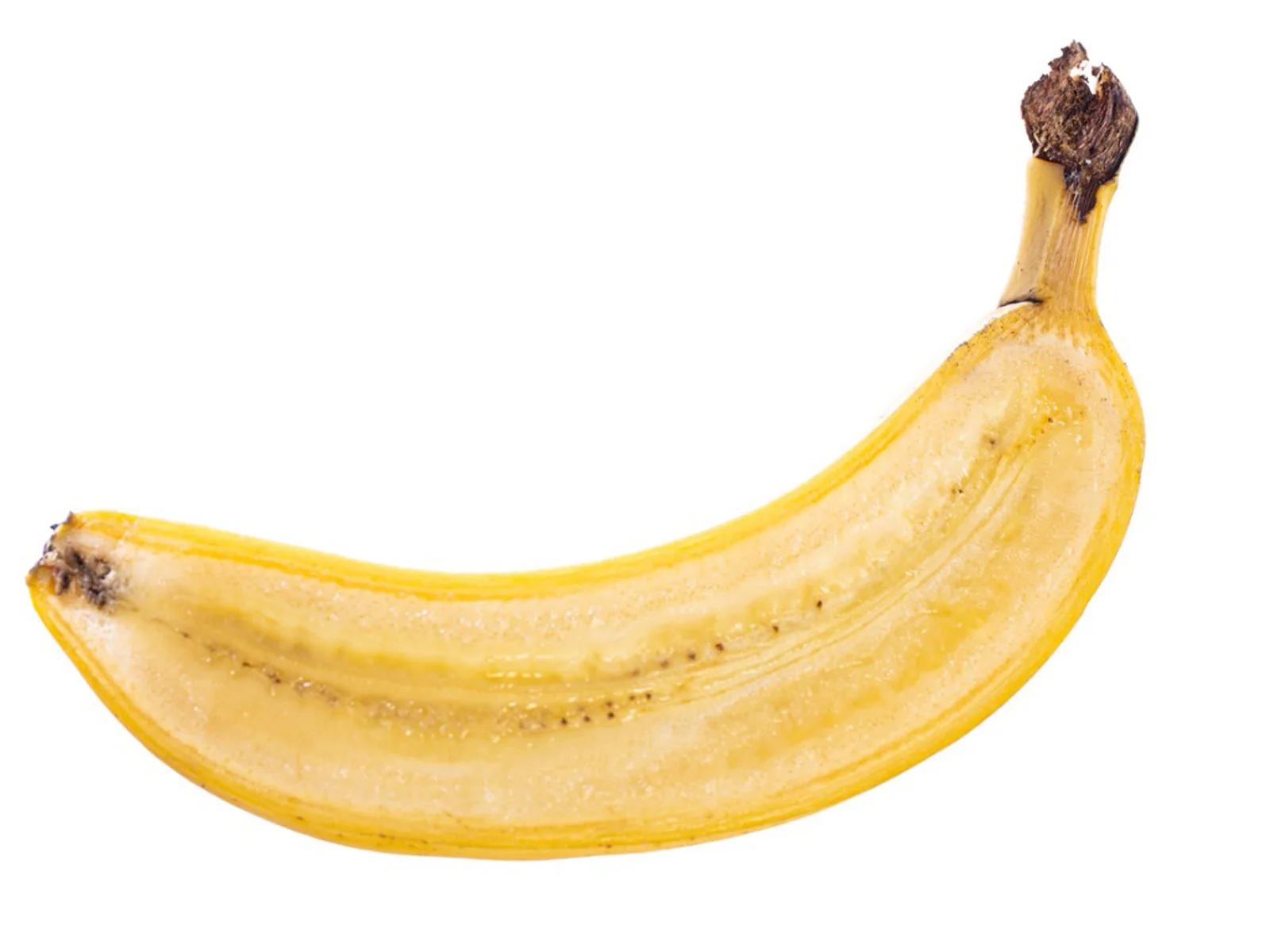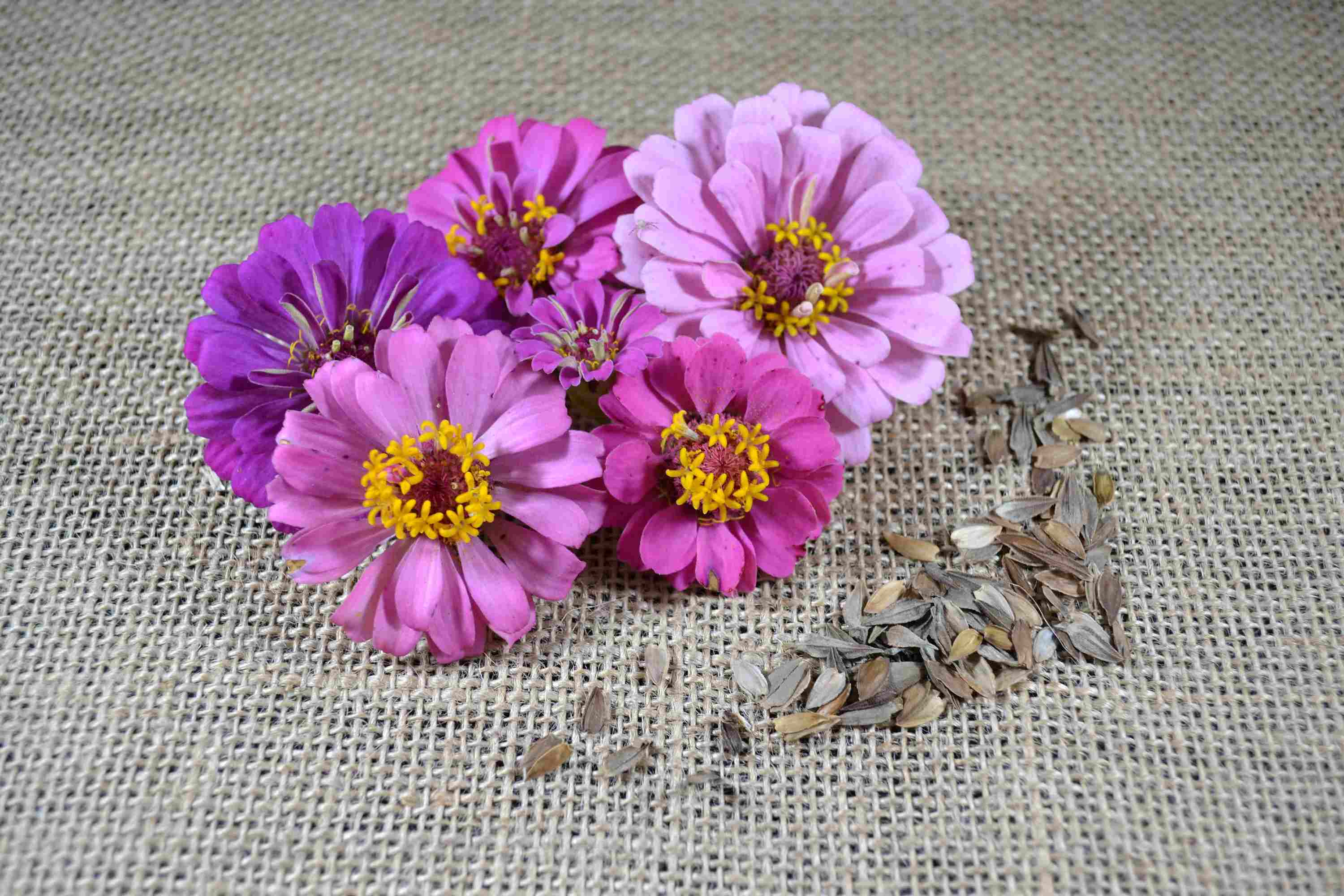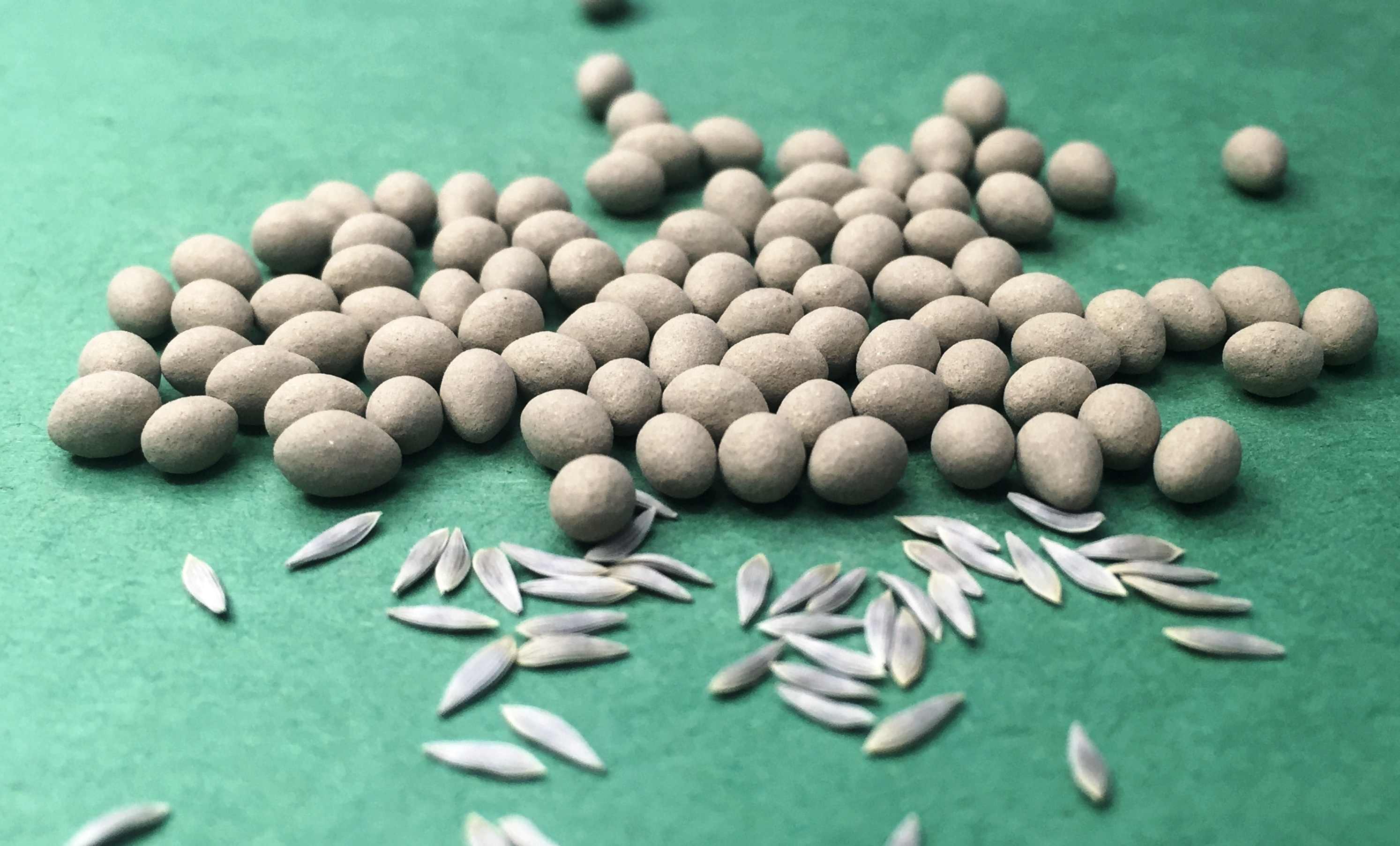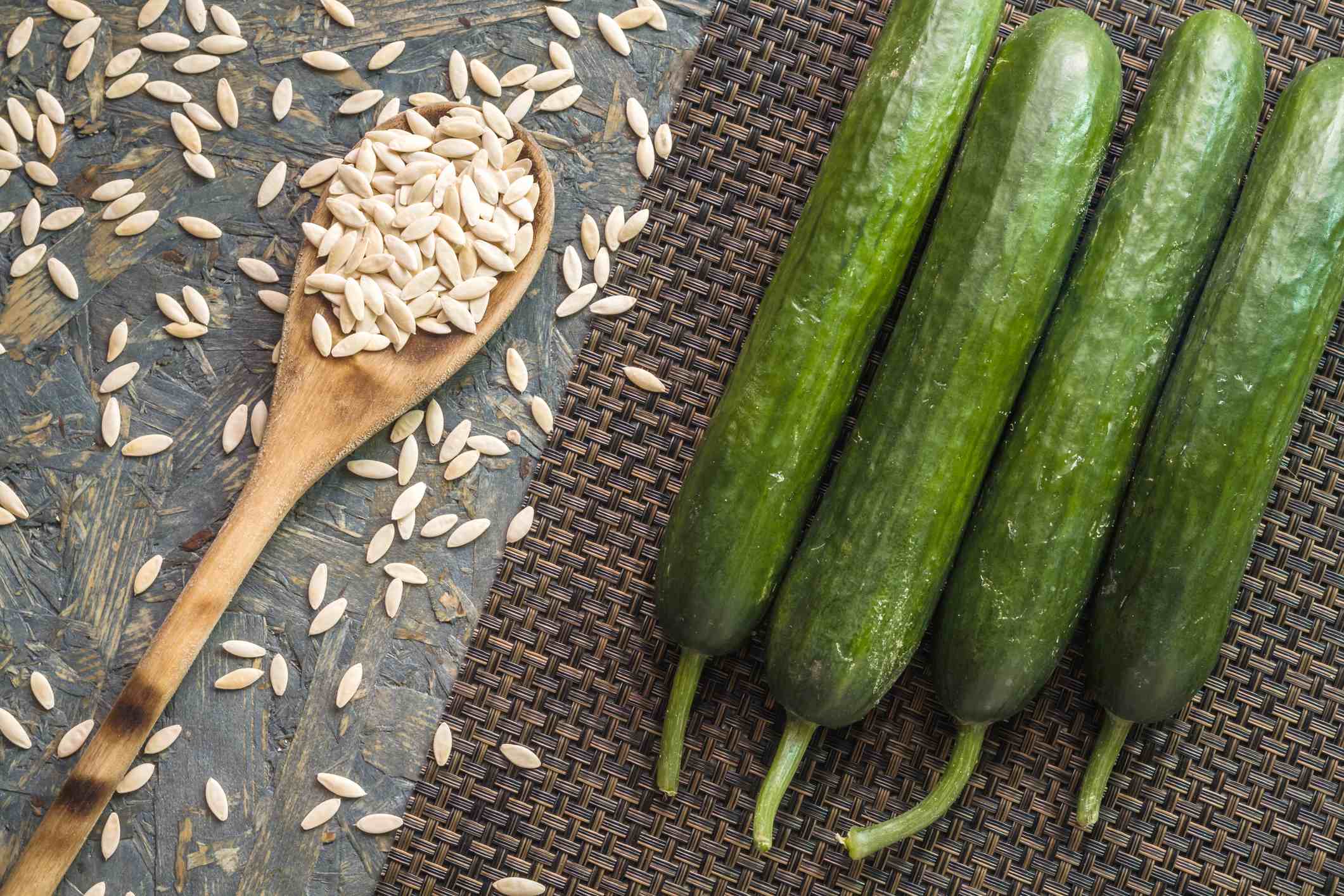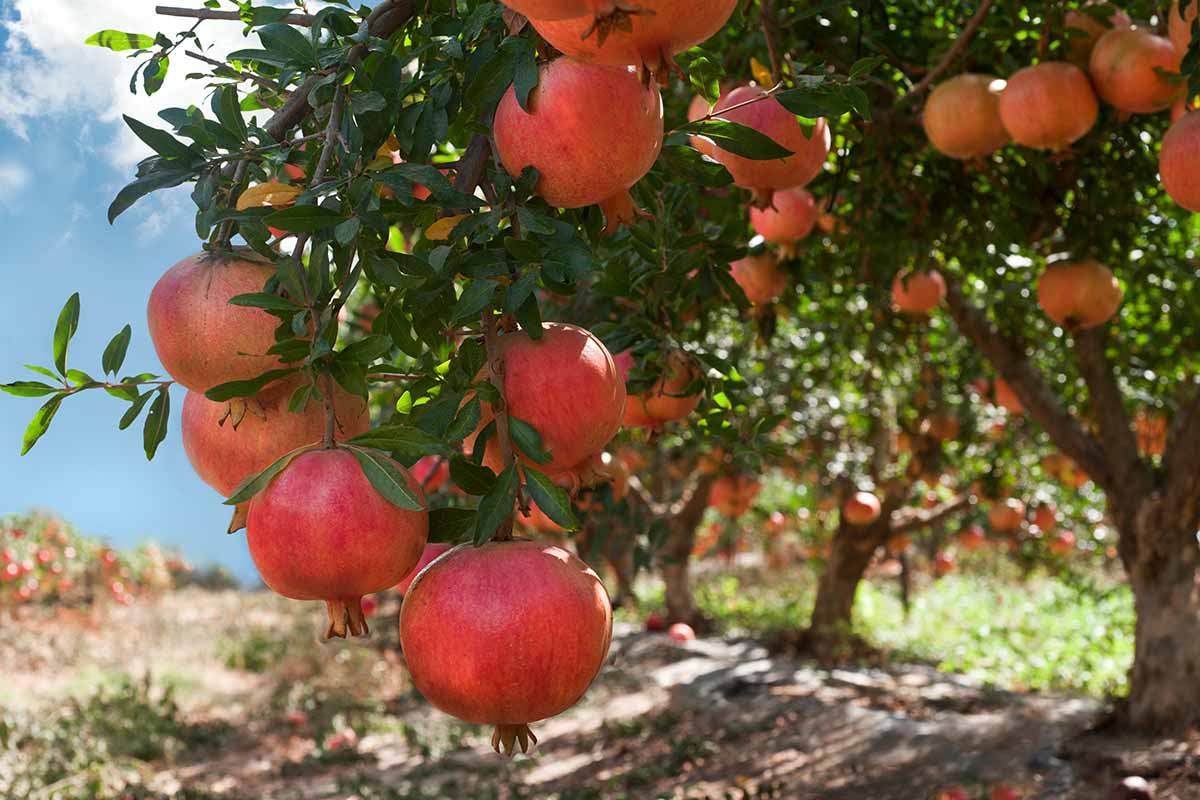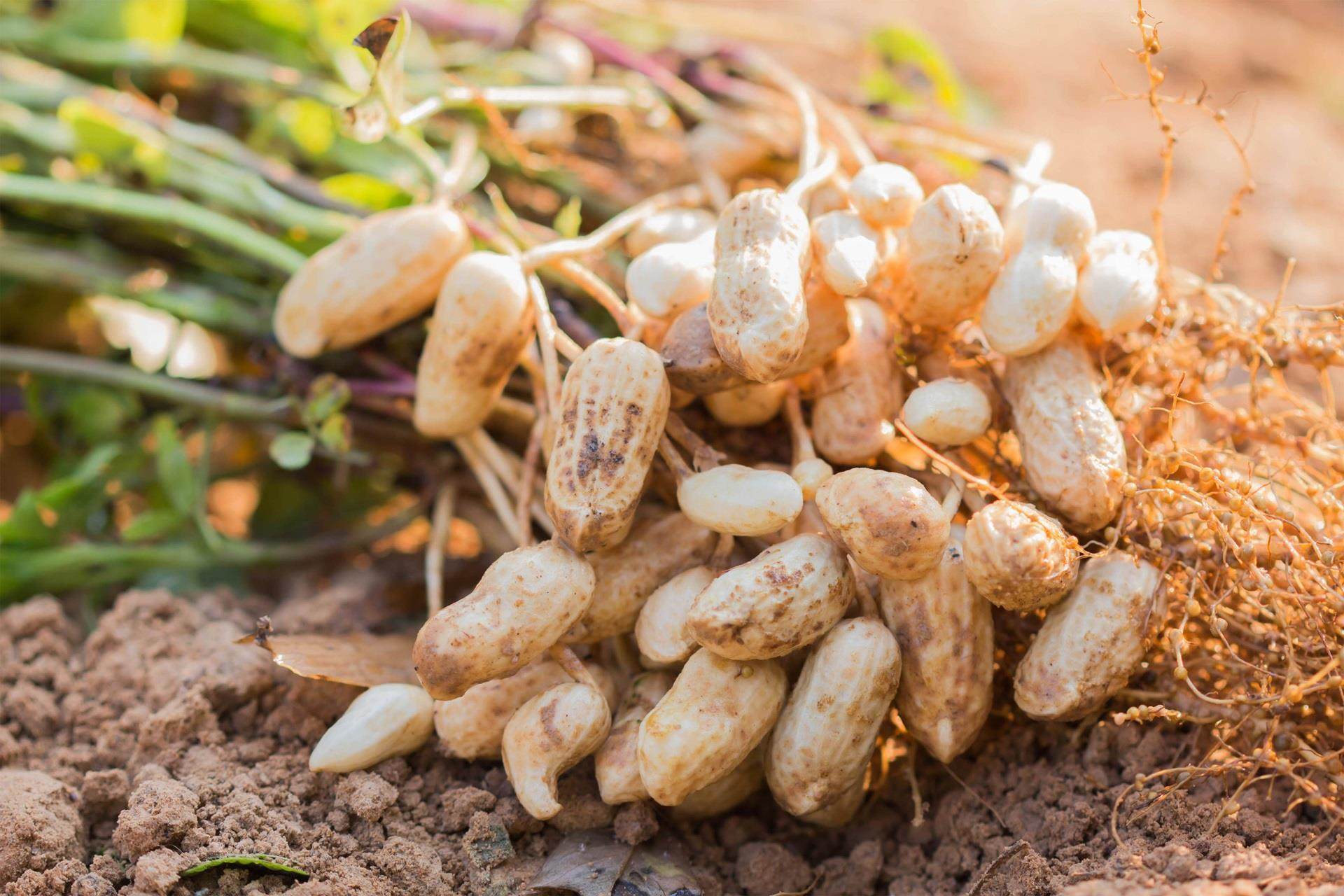Home>Types of Gardening>Edible Gardening>How To Get Pomegranate Seeds
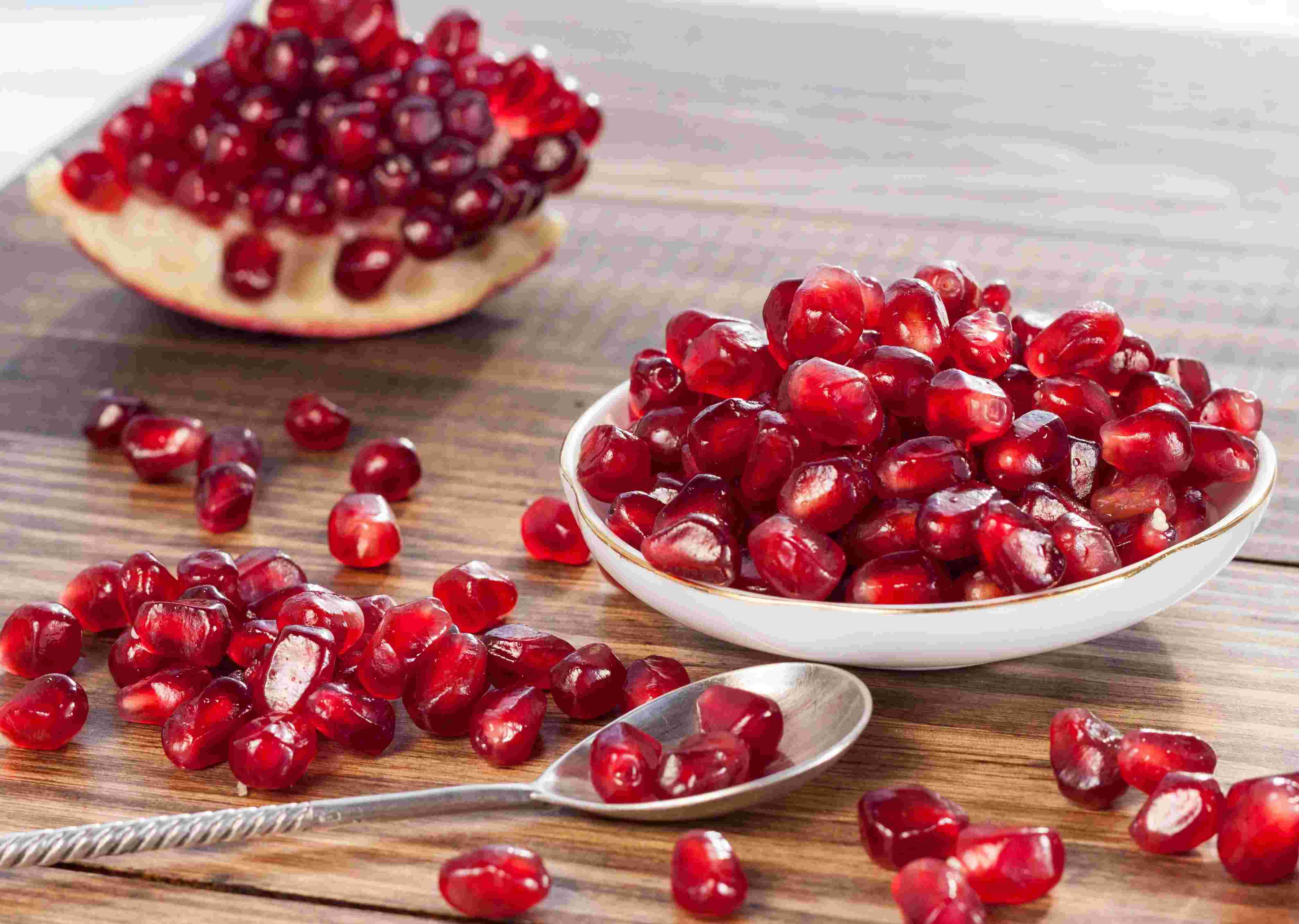

Edible Gardening
How To Get Pomegranate Seeds
Modified: January 22, 2024
Learn how to harvest and enjoy fresh pomegranate seeds with our comprehensive guide on edible gardening. Start growing your own delicious and nutritious fruit now!
(Many of the links in this article redirect to a specific reviewed product. Your purchase of these products through affiliate links helps to generate commission for Chicagolandgardening.com, at no extra cost. Learn more)
Table of Contents
Introduction
Welcome to the world of edible gardening, where you can grow your own delicious and nutritious fruits, vegetables, and herbs right in your backyard. One such gem of the edible garden is the pomegranate tree. Known for its vibrant red fruit and tangy-sweet flavor, the pomegranate is not only a delightful treat but also offers a plethora of health benefits.
In this article, we will dive into the wonderful world of pomegranate seeds, exploring how to extract them from the fruit and incorporate them into mouthwatering recipes. Whether you are a seasoned edible gardener or just starting out, learning how to obtain and use pomegranate seeds will add a burst of flavor and nutrition to your culinary endeavors.
But before we delve into the nitty-gritty of getting those luscious seeds, let’s take a moment to understand why they are worth the effort. Pomegranate seeds are nutritional powerhouses, packed with antioxidants, vitamins, and minerals. They contain high levels of vitamin C, vitamin K, and potassium, as well as beneficial plant compounds such as punicalagins and punicic acid.
In addition to their nutritional value, pomegranate seeds offer numerous health benefits. They have been found to have anti-inflammatory and immune-boosting properties, promote heart health by reducing cholesterol levels, and even potentially prevent certain types of cancer. Incorporating these seeds into your diet can have a positive impact on your overall well-being.
Now that we understand the importance of pomegranate seeds, let’s move on to the next step: selecting the ripest pomegranates for optimal seed extraction.
Benefits of Pomegranate Seeds
Pomegranate seeds are not only delicious but also offer a wide range of health benefits. Let’s explore some of the reasons why you should consider incorporating these tiny red gems into your diet.
1. Rich in Antioxidants: Pomegranate seeds are packed with antioxidants, which help protect the body against damage from harmful free radicals. These antioxidants can help prevent chronic diseases such as heart disease, cancer, and diabetes.
2. Boosts Immunity: Pomegranate seeds are a great source of vitamin C, which plays a crucial role in boosting the immune system. Consuming these seeds can help strengthen your body’s defense against infections and illnesses.
3. Supports Heart Health: Research suggests that pomegranate seeds may help lower blood pressure and reduce LDL cholesterol levels, which can improve heart health and reduce the risk of cardiovascular diseases.
4. Anti-Inflammatory Properties: Pomegranate seeds contain potent anti-inflammatory compounds that can help reduce inflammation in the body. This can be beneficial for those suffering from chronic inflammatory conditions such as arthritis or inflammatory bowel disease.
5. Digestive Health: The high fiber content in pomegranate seeds promotes healthy digestion and can prevent constipation. Additionally, they are known to have antibacterial properties that can support a healthy gut microbiome.
6. May Aid in Weight Management: Pomegranate seeds are low in calories and packed with fiber, making them a smart choice for weight management. The fiber helps you stay fuller for longer, reducing the urge to snack on unhealthy foods.
7. Skin Health: The antioxidants and vitamin C in pomegranate seeds contribute to healthy and radiant skin. They can help reduce signs of aging, improve skin texture, and promote a youthful appearance.
8. Potential Cancer-Fighting Properties: Some studies suggest that the compounds found in pomegranate seeds have anticancer effects, particularly against breast and prostate cancers. However, more research is needed to fully understand their impact.
9. Nutrient Powerhouse: Pomegranate seeds are a good source of essential vitamins and minerals, including potassium, vitamin K, and folate. These nutrients are vital for overall health and well-being.
With their delicious taste and multitude of health benefits, pomegranate seeds are undoubtedly a valuable addition to any diet. Now, let’s move on to the next step: selecting the ripest pomegranates to ensure the best quality and flavor of the seeds.
Selecting Ripe Pomegranates
Selecting ripe pomegranates is crucial to obtaining the sweetest and juiciest seeds. Here are some tips to help you choose the perfect pomegranate:
- Color: Look for pomegranates that have a deep, rich color. The skin should be vibrant and have consistent coloring. Avoid pomegranates that are pale or have blemishes.
- Texture: The skin of a ripe pomegranate should be firm and smooth. Gently squeeze the fruit to make sure it is not too soft or mushy.
- Weight: A ripe pomegranate should feel heavy for its size. This indicates that it is full of juicy seeds.
- Sound: Give the pomegranate a gentle tap with your finger. If you hear a metallic, hollow sound, it is a good indicator that the fruit is ripe.
- Crown: Check the crown, or the indented area opposite the stem. It should be relatively flat and not cracked or shriveled.
- Season: Pomegranates are typically in season from September to January in most regions. Buying them during this time increases the chances of finding ripe fruit.
Remember that pomegranates do not continue to ripen after they are harvested, so it is essential to choose ones that are already ripe. It is also worth noting that different pomegranate varieties may have slight variations in color and taste, so don’t be afraid to experiment and find your favorite.
Once you have selected the perfect pomegranates, it’s time to move on to the next step: preparing the fruit for seed extraction.
Preparing the Pomegranate
Before you can extract the juicy seeds from a pomegranate, you’ll need to properly prepare the fruit. Follow these steps to ensure a clean and easy seed extraction process:
- Wash the Pomegranate: Start by giving the pomegranate a gentle rinse under cold running water. This helps remove any dirt or residue on the skin.
- Remove the Crown: Use a sharp knife to cut off the crown, or the indented area at the top of the fruit. Make sure to cut just deep enough to remove the crown without removing too much of the edible portion of the fruit.
- Score the Skin: With the crown removed, lightly score the skin of the pomegranate from top to bottom, following the natural divisions or ridges of the fruit. Make sure not to cut too deeply into the seeds.
- Break the Pomegranate Apart: Hold the scored pomegranate over a bowl or sink, and gently pull it apart with your hands. The natural divisions in the fruit should encourage it to break apart into sections, each containing juicy seeds.
- Loosen the Seeds: Once the pomegranate is separated into sections, use your fingers to loosen the seeds from the white membrane. You can do this by gently pulling on each seed or tapping the back of the fruit sections with a wooden spoon.
Now that you’ve successfully prepared the pomegranate, you are one step closer to enjoying its delicious seeds. However, keep in mind that the process can be somewhat messy, as pomegranate juice may stain clothing or countertops. It may be helpful to place a cutting board or a large bowl underneath the fruit to catch any juice that may drip.
With the pomegranate fully prepped, it’s time for the exciting part: extracting the beautiful and flavorful pomegranate seeds.
Extracting Pomegranate Seeds
Extracting pomegranate seeds may seem daunting, but with the right technique, it can be a breeze. Here’s how you can easily separate the seeds from the pomegranate:
- Hold the Pomegranate: Take one of the pomegranate sections in your hand, holding it over a bowl or a clean surface.
- Gently Tap with a Spoon: Use the back of a spoon to firmly tap the outer skin of the pomegranate section. The seeds will start loosening and falling into the bowl.
- Apply Pressure: To extract any remaining seeds, apply gentle pressure around the outer skin of the section. This will help loosen the seeds and allow them to fall easily into the bowl.
- Continue with Other Sections: Repeat the tapping and pressure technique for the rest of the pomegranate sections until all the seeds are extracted.
- Remove Any White Membrane: Once you have extracted all the seeds, skim the surface of the bowl to remove any white membrane or pith that may have fallen along with the seeds.
It’s important to be patient and gentle while extracting the seeds to prevent any damage to the delicate seeds or unnecessary splattering of the juice.
Now that you have successfully separated the pomegranate seeds, you have a versatile ingredient that can be enjoyed in a variety of ways.
Storing Pomegranate Seeds
If you have extracted more pomegranate seeds than you can immediately use, it’s important to store them properly to maintain their freshness and flavor. Here are some tips for storing pomegranate seeds:
- Refrigerate: Place the pomegranate seeds in an airtight container or a sealable plastic bag. Store them in the refrigerator, where they can stay fresh for up to five days.
- Freeze: If you have a surplus of pomegranate seeds, consider freezing them for future use. Spread the seeds in a single layer on a baking sheet and place them in the freezer until they are completely frozen. Then transfer them to a freezer-safe container or bag. Frozen pomegranate seeds can be stored for up to six months.
- Label and Date: It’s a good practice to label the container or bag with the date of storage. This helps you keep track of how long the seeds have been stored.
- Thawing: When you’re ready to use the frozen pomegranate seeds, simply transfer them to the refrigerator and allow them to thaw overnight. Avoid thawing them at room temperature, as this can lead to nutrient loss and a mushy texture.
By properly storing your pomegranate seeds, you can enjoy their vibrant flavor and nutritional benefits even when they are out of season.
Now that you know how to store pomegranate seeds, let’s explore the various delicious ways you can incorporate them into your recipes.
Using Pomegranate Seeds in Recipes
Pomegranate seeds are incredibly versatile and can add a burst of freshness and flavor to a wide range of dishes. Here are some creative ways to incorporate these delightful seeds into your recipes:
- Salads: Sprinkle pomegranate seeds on top of your favorite salads for a pop of color and tangy sweetness. They pair well with greens, feta cheese, nuts, and citrus dressings.
- Smoothies: Blend pomegranate seeds into your morning smoothie for a nourishing and antioxidant-packed boost. Combine them with your choice of fruits, yogurt, and a liquid base for a refreshing and nutritious treat.
- Grain Bowls: Add a handful of pomegranate seeds to your grain bowls for a delightful texture contrast. They complement grains such as quinoa, farro, or bulgur, along with roasted vegetables and a savory dressing.
- Desserts: Sprinkle pomegranate seeds over desserts like cakes, cupcakes, or puddings to give them an elegant touch and a burst of fruity flavor. They also pair beautifully with dark chocolate and creamy desserts like panna cotta.
- Cocktails and Mocktails: Muddle or garnish your favorite beverages with pomegranate seeds for a vibrant twist. They make a delightful addition to cocktails, sangrias, and sparkling water for a refreshing and visually appealing drink.
- Sauces and Dressings: Blend or crush pomegranate seeds to create a flavorful sauce or dressing. They can be combined with ingredients like olive oil, vinegar, herbs, and spices to create a tangy and unique accompaniment for meats, salads, or grilled vegetables.
- Savory Dishes: Experiment with incorporating pomegranate seeds into savory dishes. They can be used as a topping for roasted meats, added to grain-based pilafs, or even sprinkled over savory pancakes or flatbreads.
Remember, the possibilities are endless when it comes to using pomegranate seeds in your recipes. Get creative and try different combinations to discover your favorite flavor pairings.
Now that you know how to make the most of pomegranate seeds in your cooking, it’s time to put your culinary skills to work and enjoy the deliciousness they bring to your dishes.
Conclusion
Embarking on the journey of edible gardening opens up a world of possibilities, and pomegranate seeds are a true treasure in that world. These small but mighty seeds offer a delightful combination of flavor, nutrition, and versatility.
From their antioxidant-rich properties to their potential health benefits, pomegranate seeds have earned their place as a superfood. Incorporating them into your diet can support heart health, boost immunity, and promote overall well-being.
With the guidance provided in this article, you now know how to select ripe pomegranates, prepare them for seed extraction, and store the seeds for future use. Additionally, you’ve gained insight into the numerous ways pomegranate seeds can elevate your recipes.
So, whether you choose to add them to salads, smoothies, desserts, or savory dishes, pomegranate seeds are sure to bring vibrant color, tangy sweetness, and a nutritious punch to your culinary creations.
Embrace the joy of growing your own pomegranate tree and enjoy the fruits of your labor as you savor the delicious taste and health benefits of pomegranate seeds. Happy gardening and happy cooking!
